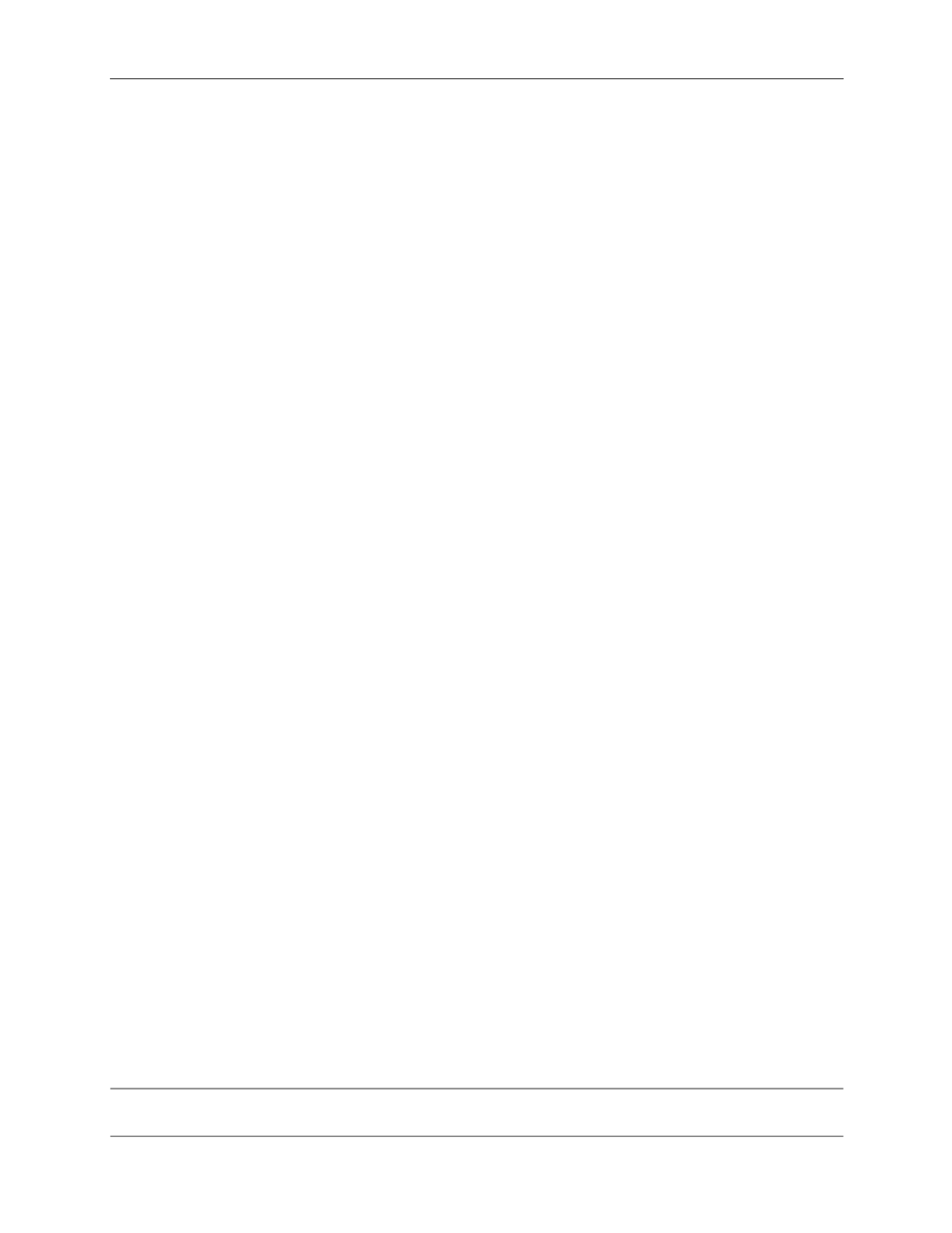
Preliminary Public Dose Evaluation in Support of the Development of the
November 2012
Rare Element Resources Bear Lodge Project
32
The dose estimates in Table 4.7 demonstrate two key points. First, using conservative dose
estimate methods, no grid point outside of a permit or property boundary had a dose greater than
100 mrem y
-1
, the NRC public dose standard. The maximum estimated dose was 840 mrem y
-1
,
which occurred on top of the TSF near Upton. This location will not be accessible to members of
the public and if corrected for a typical work year (2,000 h) would result in a worker dose of 191
mrem, which is well below the limit for occupational dose of 5,000 mrem y
-1
. Secondly, the
major contributors to public dose at the Bear Lodge and Upton areas are different. At Bear
Lodge, the public dose is driven mainly by NORM in dust emissions from the mine pit. In the
Upton Area, the public dose is driven mainly by radon-222 emissions from the TSF. This is
important to understand, because engineering controls could be used to mitigate the predominant
dose pathways.
The estimated mean doses at Sundance and Upton are 0.16 mrem y
-1
and 3.98 mrem y
-1
,
respectively. These doses are well below the NRC public dose limit of 100 mrem y
-1
. Figure 4.1
shows that estimated dose rates outside of the proposed permit area are less than 5 mrem y
-1
.
Figure 4.2 shows that estimated dose rates outside of the proposed site project area are
approximately 25 mrem y
-1
at the Upton property boundary and decrease in magnitude quickly as
a function of distance from the site. For example, dose rates are less than 5 mrem y
-1
at less than
2 km from the eastern edge of the Upton property boundary.
Appendix A provides summary output from the AERMOD model.


